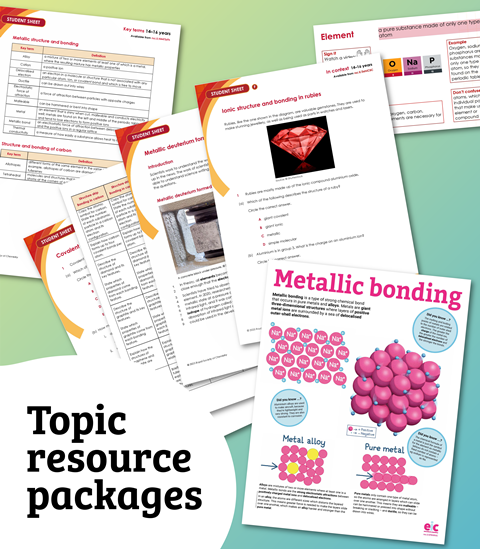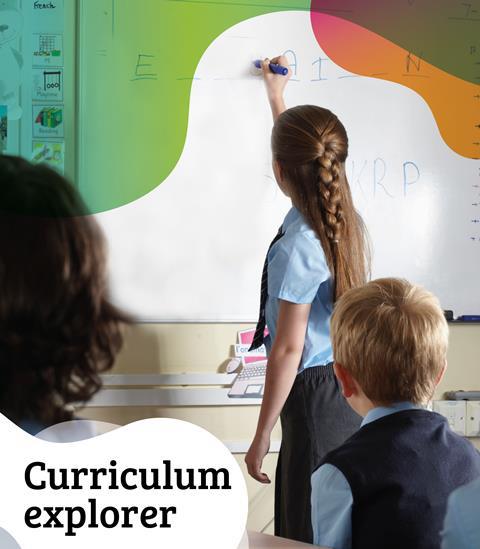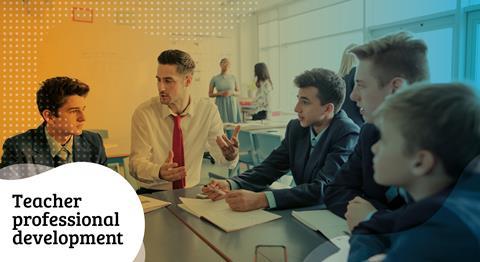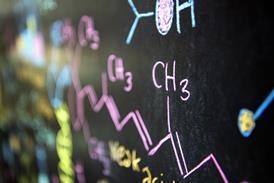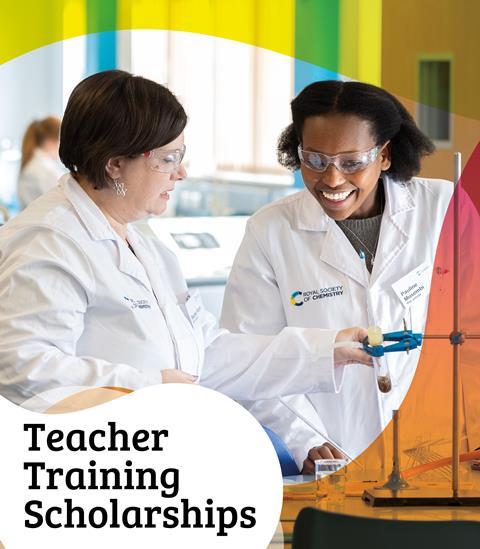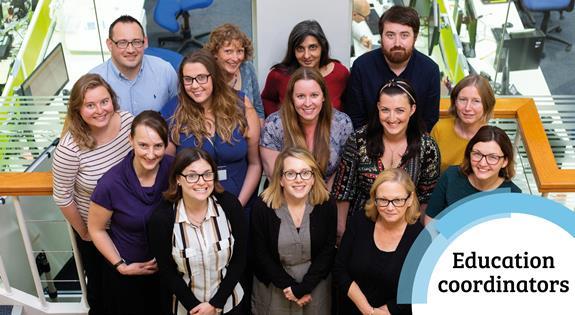All Resource articles – Page 53
-
 Resource
ResourceLooking at climatic data from the past
Data analysis worksheet looking at ocean sediment and water temperatures.
-

-
 Resource
ResourceSolar Fuels and Artificial Photosynthesis
A variety of infographics (diagrams) explaining photosynthesis, artificial photosynthesis, and the production and uses of solar fuels.
-
 Resource
ResourceJournal articles made easy: Detect strep throat
This article looks at detecting strep throat bacterium using touch spray mass spectrometry. It will help you understand the research the journal article is based on, and how to read and understand journal articles. The research article was originally published in our Analyst journal. Strep throat spotted in secondsDetection of ...
-
 Resource
ResourceJournal articles made easy: Predict crystallinity
This article looks at predicting and controlling the crystallinity of molecular materials. It will help you understand the research the journal article is based on, and how to read and understand journal articles. The research article was originally published in our CrystEngComm journal. Will it crystallise?Predicting crystallinity of molecular materialsClick ...
-
 Resource
ResourceJournal articles made easy: A natural herbicide
This article looks at developing a natural product herbicide, thaxtomin A. It will help you understand the research the journal article is based on, and how to read and understand journal articles. The research article was originally published in our Organic & Biomolecular Chemistry journal.Natural product herbicide (±)-thaxtomin AA one-pot ...
-
 Resource
ResourceJournal articles made easy: Detecting iron
This article looks at measuring iron in a variety of solutions using a scalable RGB technique. It will help you understand the research the journal article is based on, and how to read and understand journal articles. The research article was orginally published in Journal of Materials Chemistry A. Detecting ...
-
 Resource
ResourceOther greenhouse gases
Increasing levels of carbon dioxide in the atmosphere cause a rise in global temperature. This worksheet looks at some data from other greenhouse gases to see if they have the same effect.
-
 Resource
ResourceTheories about global warming
This worksheet is intended to introduce theories about the causes of global warming. Use to initiate a class discussion, find out what the class already know about global warming and if they have any strong views on the subject.
-
 Resource
ResourceMario Molina puts ozone on the political agenda
A set of resources on Mario Molina’s work on ozone and its impact on global politics.
-
 Resource
ResourceModern applications
Inspirational chemistry book chapter ‘Modern applications’. This chapter suggests games, activities, practicals and demonstrations for teaching various topics, such as observing reactions, making new medicines and composite materials.
-
 Resource
ResourceLarge molecules
The Inspirational chemistry chapter ‘Large molecules’. This chapter suggests games, activities, practicals and demonstrations for teaching various topics, such as polmers, emulsifiers and textile conservation.
-
 Resource
ResourceProblem based practical activities
Discover how chemistry can relate to real world problems, so students can put their science knowledge into context.
-
 Resource
ResourceInspirational chemistry book
A collection of resources, aligned with GCSE bodies, to support learners in England, Wales, and N Ireland.
-
 Resource
ResourceWhat use is chemistry?
The Inspirational chemistry chapter ‘What use is chemistry?’ This chapter suggests exercises for students to carry out to appreciate the importance of chemistry and how it affects our everyday lives.
-
 Resource
ResourceNanotechnology
The Inspirational chemistry chapter ‘Nanotechnology’. This chapter suggests games, activities, practicals and demonstrations for teaching various topics, including ways that nanotechnology can improve our everyday lives.
-

-
 Resource
ResourceDeveloping a fungicide, azoxystrobin
This study looks at the development by Zeneca of a plant fungicide, azoxystrobin.
-
 Resource
ResourceIndustrial chemistry case studies book
This book presents material on the UK chemical and pharmaceutical industries Using a case study approach, with questions and answers included, there are real-life examples drawn from industrial areas including the nuclear industry, pharmaceuticals and steel making. These resources are for free via Learn Chemistry. Follow the links below to ...
-





